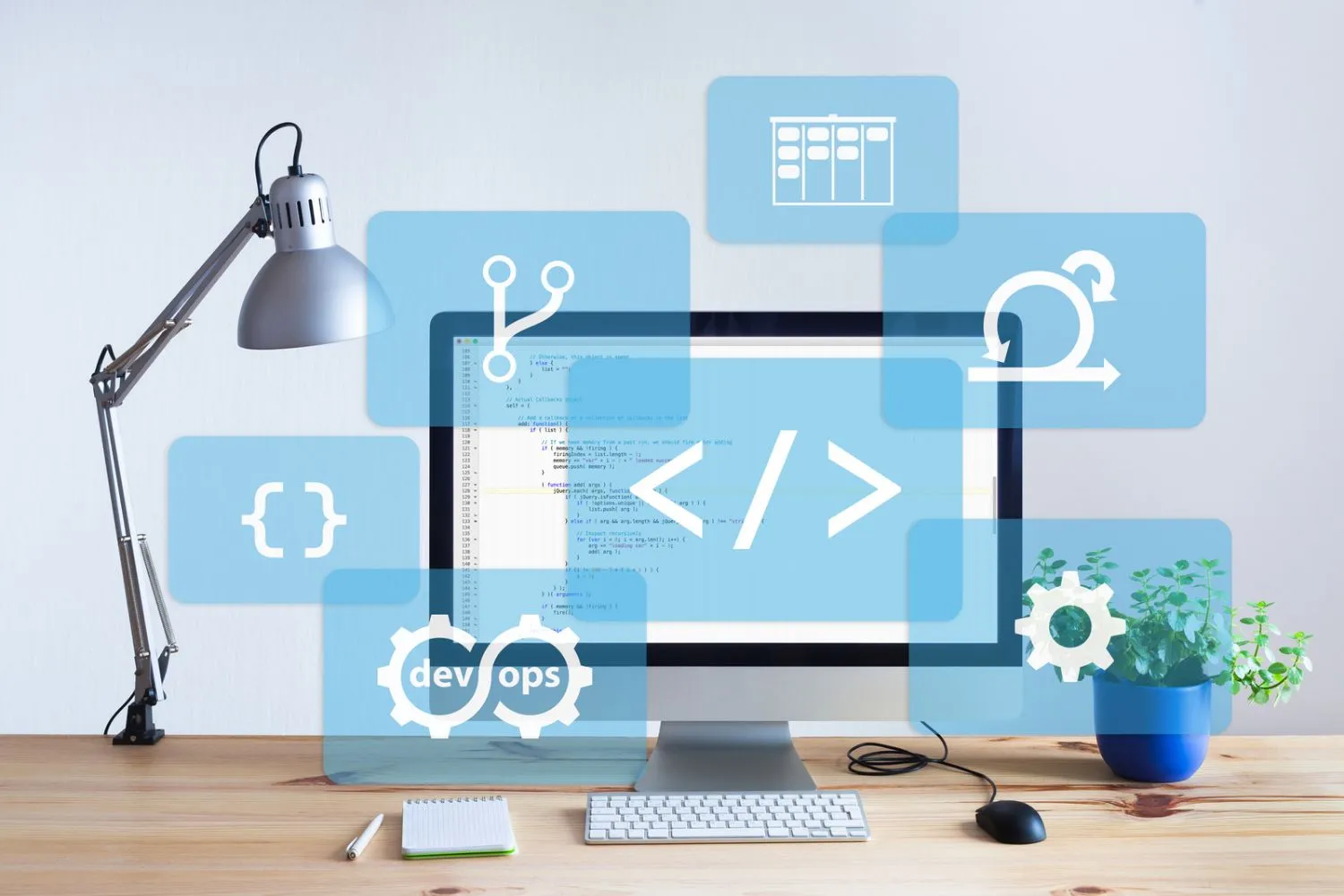After years of using WordPress to build websites, I recently made the switch to Jamstack development. The decision wasn’t an easy one, but after weighing up the pros and cons, I decided it was time to move on from the traditional CMS platform.
For those who aren’t familiar with Jamstack development, it’s a modern way of building websites that uses JavaScript, APIs, and Markup to create fast, secure, and scalable web experiences. Unlike WordPress, which relies on a database to store content and generate pages on the fly, Jamstack sites are pre-built and served from a CDN, making them lightning-fast and able to handle high levels of traffic without breaking a sweat.
In this article, I’ll share my experience of migrating from WordPress to Jamstack, the benefits I’ve seen since making the switch, and the challenges I faced along the way. Whether you’re a seasoned WordPress user looking to explore new ways of building websites, or a developer curious about the benefits of Jamstack, I hope this article will provide some valuable insights.
Why I Switched to Jamstack Development
As a web developer, I have always been on the lookout for better ways to build websites. After years of using WordPress, I decided to switch to Jamstack development.
Here are some of the reasons why:
Improved Site Performance and Speed
One of the main reasons I switched to Jamstack development is because of the improved site performance and speed. With Jamstack, websites are built using pre-built markup that can be served quickly to users. This means that pages load faster, which improves the user experience and can also improve SEO.
In addition, Jamstack websites can be optimised for performance using tools like image optimisation, lazy loading, and minification. This can further improve site speed and performance.
Enhanced Security and Scalability
Jamstack websites are more secure and scalable than traditional websites. This is because they don’t rely on a server-side database or server-side scripting language, which can be vulnerable to attacks.
Instead, Jamstack websites rely on pre-built markup and dynamic client-side JavaScript. This means that there is less attack surface for hackers to exploit, which can improve website security.
In addition, Jamstack websites can be easily scaled using services like Netlify, AWS, or Cloudflare. This means that websites can handle high levels of traffic without experiencing downtime or performance issues.
Ease of Scaling and Developer Experience
Another reason I switched to Jamstack development is because of the ease of scaling and developer experience. Jamstack websites can be easily scaled using services like Netlify or AWS, which means that websites can handle high levels of traffic without experiencing downtime or performance issues.
In addition, Jamstack development is more efficient and streamlined than traditional development. This is because developers can focus on building front-end components without worrying about server-side scripting or database management.
Overall, I have found that Jamstack development provides a better way to build websites. With improved site performance and speed, enhanced security and scalability, better user experience and SEO, and ease of scaling and developer experience, Jamstack is the future of web development.
The Limitations of WordPress
Issues with WordPress Plugins
One of the biggest limitations of WordPress is its reliance on plugins. While plugins can add a lot of functionality to a WordPress site, they can also cause a lot of problems. First, not all plugins are created equal. Some are poorly coded and can slow down your site or even cause it to crash. Second, plugins need to be updated regularly to ensure compatibility with the latest version of WordPress. This can be time-consuming and can also cause compatibility issues with other plugins.
WordPress as a Monolithic CMS
Another limitation of WordPress is that it is a monolithic CMS. This means that all of the code, content, and functionality is contained in one place. This can make it difficult to scale your site as your needs grow. It can also make it difficult to make changes to your site without affecting other parts of it.
Slow Page Speed and Poor Performance
WordPress can also be slow and have poor performance. This is because WordPress relies on a lot of database queries to generate pages. This can slow down your site, especially if you have a lot of traffic. Additionally, WordPress sites can be slow to load because of the number of plugins and customisations that are often added to them.
Security Vulnerabilities
Finally, WordPress is known for its security vulnerabilities. Because WordPress is such a popular CMS, it is often targeted by hackers. This means that you need to be vigilant about keeping your site up to date and secure. Additionally, because WordPress relies on plugins, it can be difficult to ensure that all of your plugins are secure and up to date.
Popular Jamstack Tools and Frameworks
Gatsby
Gatsby is a popular static site generator that is built on top of React. It is known for its fast build times and its ability to handle large-scale websites. Gatsby also has a vast plugin ecosystem that allows developers to add functionality to their sites quickly. With Gatsby, developers can build websites that are optimised for performance and SEO.
Next.js
Next.js is a popular React framework that is used for building server-rendered applications. It provides developers with a set of tools that make it easy to build scalable and performant web applications. Next.js also has built-in support for static site generation, making it a popular choice for Jamstack development.
11ty
11ty is a simple static site generator that is built on top of JavaScript. It is known for its simplicity and flexibility, making it a popular choice for developers who want to build custom websites. 11ty also has a plugin ecosystem that allows developers to add functionality to their sites quickly.
Migrating from WordPress to Jamstack
Choosing a Static Site Generator
When I decided to switch from WordPress to Jamstack development, one of the first things I had to consider was which static site generator (SSG) to use. After doing some research, I settled on 11ty. Compiling the HTML is very fast, and it doesn’t rely on frontend JavaScript, so it is super-fast for users too. 11ty has a large and active community, which means there are plenty of resources available to help me get up to speed quickly.
Selecting a CMS
Another important decision I had to make was which CMS to use. After considering several options, I chose DecapCMS. It is lightweight, fast, and can be configured for individual client needs.
Implementing Dynamic Functionality
One of the challenges of migrating from WordPress to Jamstack is implementing dynamic functionality. WordPress has a lot of built-in functionality that can be hard to replicate in a static site. However, there are several solutions available that can help.
For example, I used Cloudflare functions to implement serverless functions that handle dynamic functionality on my site. This allowed me to keep the benefits of a static site while still providing dynamic functionality where needed.
Overall, migrating from WordPress to Jamstack was a challenging but rewarding experience. By choosing the right tools and approaches, I was able to create a fast, scalable, and flexible site that meets my needs.
Final Thoughts
In conclusion, switching from WordPress to Jamstack development has been a game-changer for me. The developer experience is smoother, and the user interface is more intuitive. I no longer have to worry about managing a database or dealing with WordPress plugins.
Overall, I believe that Jamstack development is the future of web development. It offers a more efficient and streamlined approach to website creation and management. While WordPress is still a popular platform, I believe that Jamstack development offers a more modern and flexible solution.

